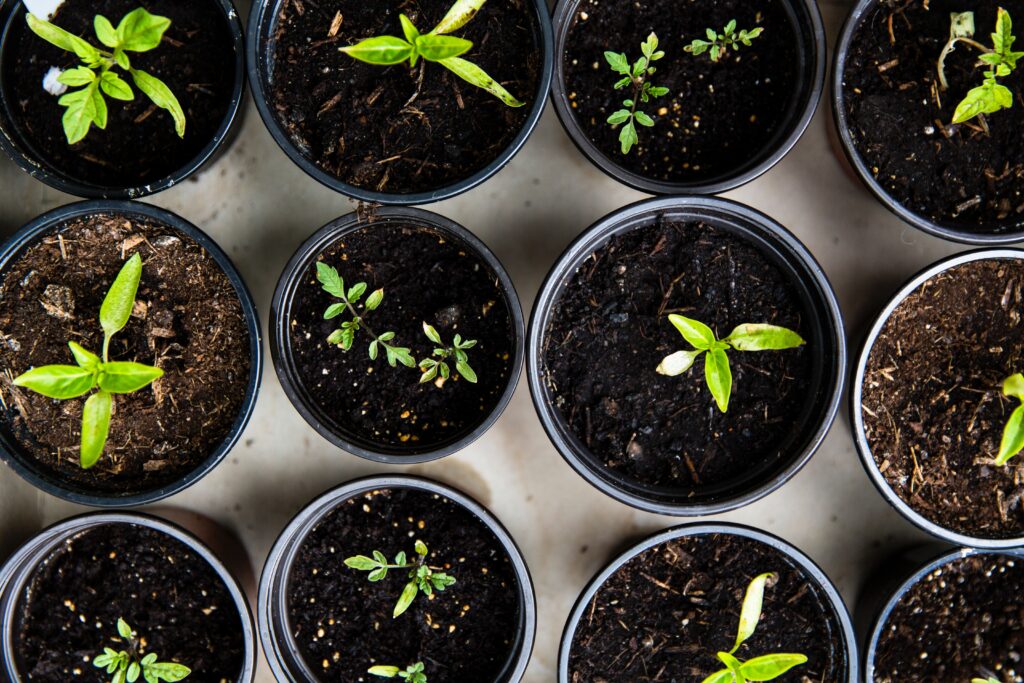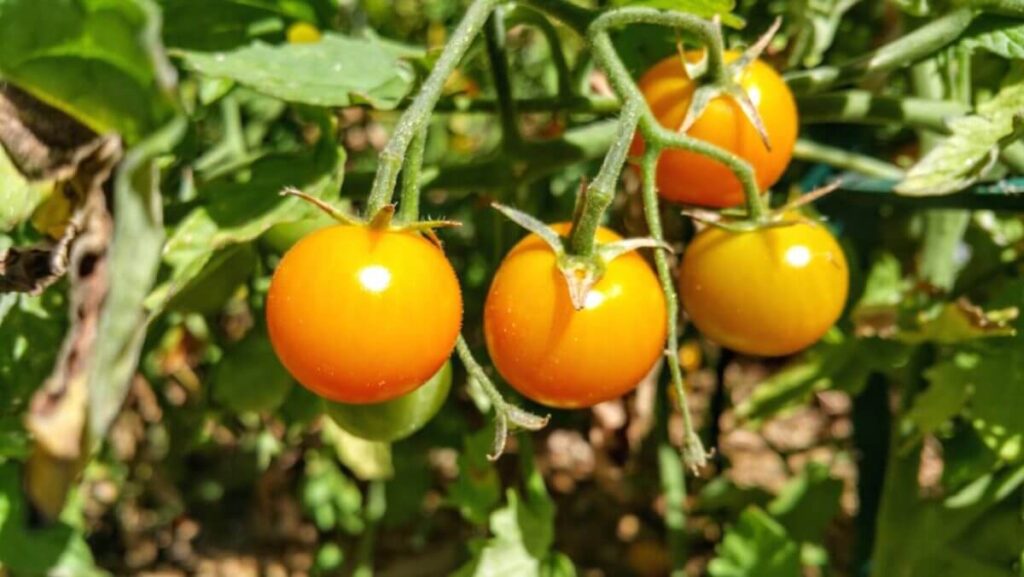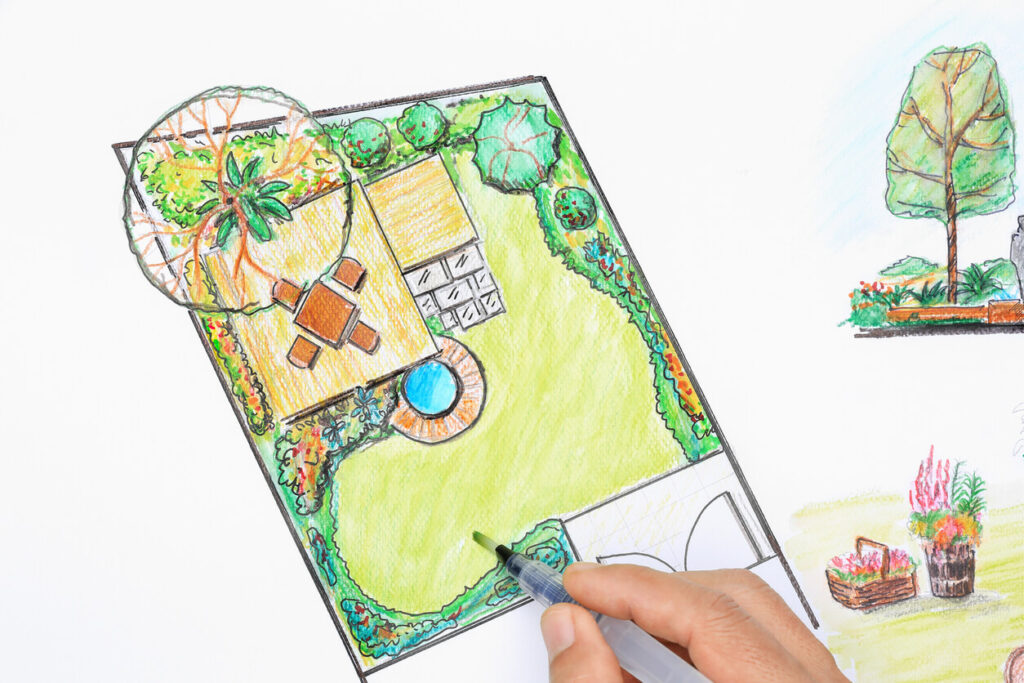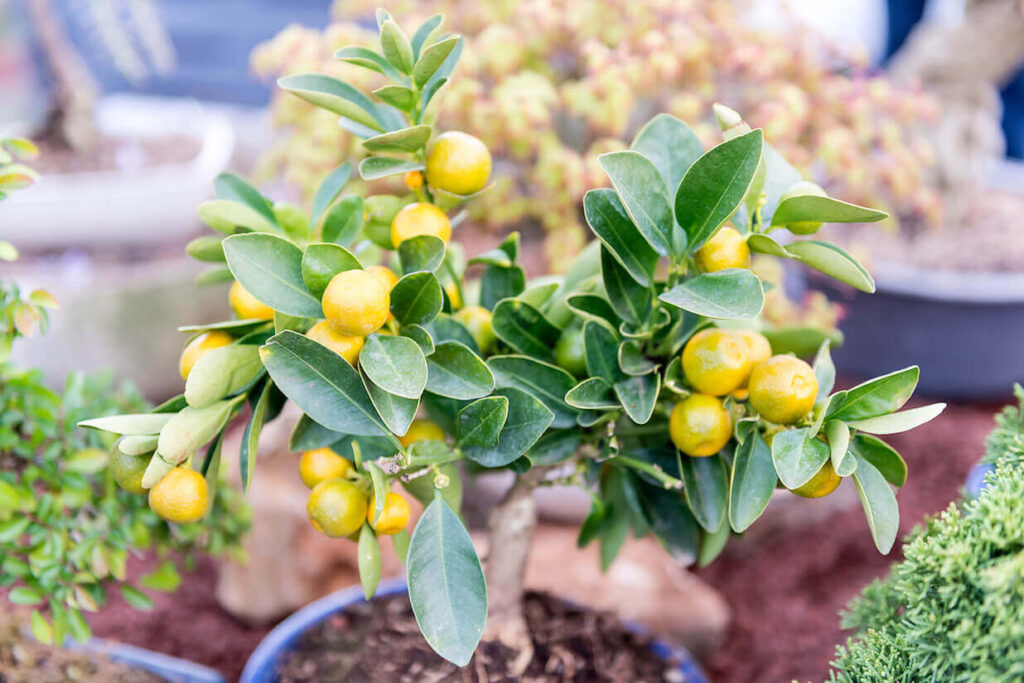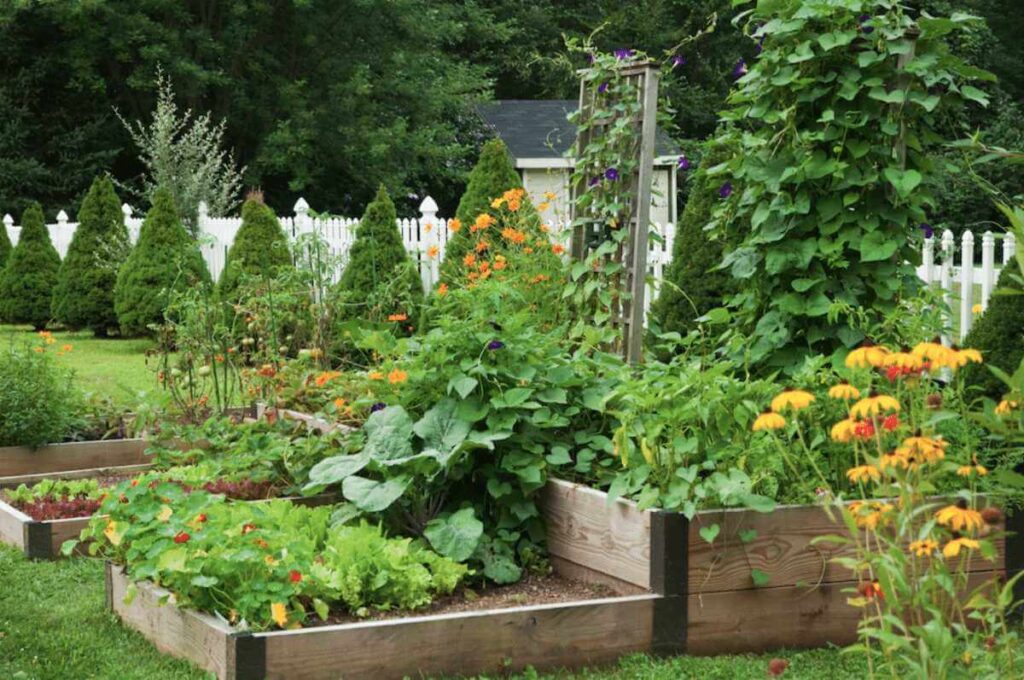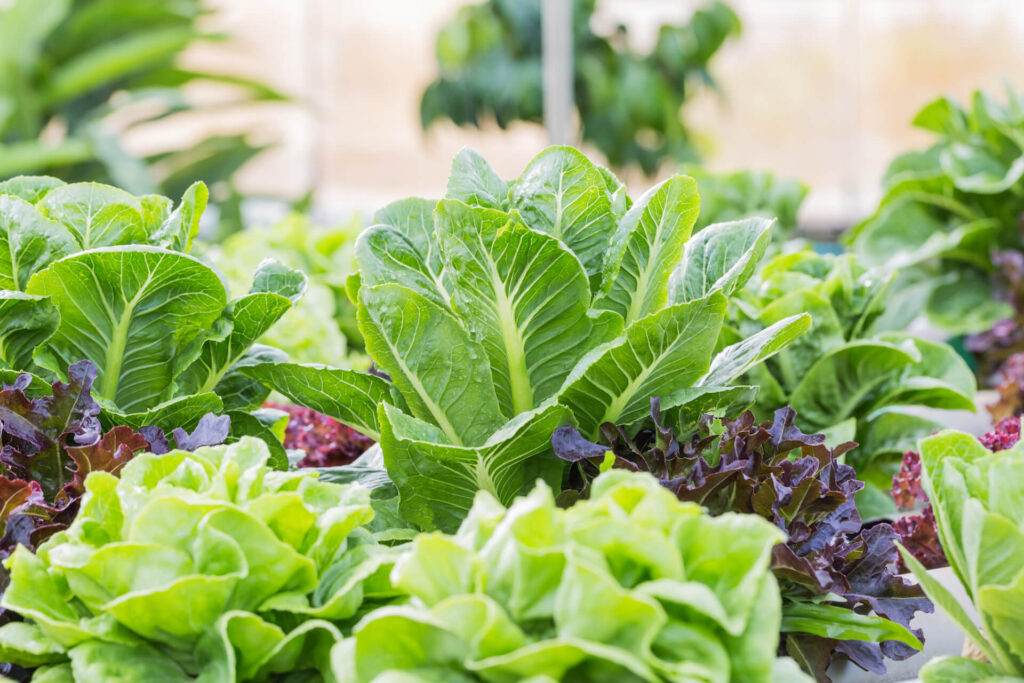You can keep fresh mint at your fingertips throughout the year by growing it indoors and outdoors. Mint plants can thrive and come in many delicious flavors and appealing scents.
Mint plants are easy to grow and make great culinary additions. The oils and leaves of mint are often used in beauty products and for medicinal purposes. Find out the best ways to grow mint indoors and outdoors, so you can reap all the benefits of mint throughout the year.
Soil Composition
Mint loves soil that is rich in organic material and is well-drained. Mint plants thrive in slightly acidic soils that range from 6.5 to 7.0 on the pH scale. You can amend your soil by adding organic matter and well-decomposed compost for in-ground gardening. You can also use premium potting soil for container gardening indoors and outside.
Mint Growing Conditions
Full sun is essential for mint growth, both inside and outside. Mint needs to be exposed to direct sunlight for maximum growth, but it can tolerate some shade if the plant is healthy and strong.
- Growing Mint Inside – Place mint in a sunny window that faces south or west.
- Growing Mint Outdoors – Plant in a spot that receives 6-8 hours of direct sunlight.
How to Plant Mint Indoors and Outside
Mint seeds can be grown indoors, transplanted outdoors after frost, or potted. You can also buy them and transplant them to in-ground or indoor containers.
Starting Mint Seeds Indoors
- Start seeds indoors 8-10 weeks before the last frost in your region.
- Plant seeds about 1/4 inch deep and cover lightly with soil.
- Maintain soil moisture at 70 degrees Fahrenheit.
- Allow seeds to germinate for 7-14 days.
- After all dangers of frost have passed, transplant plants to pots indoors and outdoors.
Planting Mint Seeds Outdoors
- After the last frost date has passed, sow seeds outside.
- Plant seeds about 1/4 inch deep, and cover with soil lightly.
- Keep the soil moist.
- Allow seeds to germinate for 7-14 Days.
- Once your plants have at least three to four leaves, plant and space your seedlings 18 inches apart.
Buying & Transplanting Mint
Mint plants are easily available at nurseries and garden centers and can sometimes be purchased on grocery store shelves. After the danger of frost is over, you can transplant young plants to pots indoors and outdoors.
Growing Mint in Pots, Raised Beds, and In-Ground Gardens
Mint can be grown in many ways, such as indoors in pots, outdoors in containers, or directly in the ground.
- Mint can be grown almost anywhere, but we recommend keeping it in small containers. Mint grows horizontally by tunneling its roots into the soil. Mint can quickly become invasive and cause problems for surrounding plants if not properly cared for.
- Mint plants thrive in large pots with a lot of surface area rather than in deep soil.
- Consider burying a barrier to prevent roots from spreading horizontally if you plan on growing mint in the ground or raised beds.
- If you are planting in containers outdoors, small amounts of mint can be planted in lightweight pots. This will also allow you to bring the pots indoors to grow through the winter.
How to Water Mint
Mint plants need to be watered regularly but not too often as they don’t like being soggy. Each week, plants should get about 1 inch of water. To minimize the risk of disease, water plants in the morning to allow them to dry out before the sun goes down.
Nutrients
Mint plants can thrive and do not require a lot of fertilization. They should be fed with a slow-release organic fertilizer at least once a year when the plant comes out of dormancy or after it has been planted. If mint plants are over-fertilized, they can become gangly and die.
How to Prune Mint
You should prune your plants regularly to ensure tender, flavorful leaves no matter how you grow them. Mint plants that are not routinely pruned can become woody and lose their flavor. If you use your plants for culinary purposes, you will likely need to prune them regularly.
Shaping your mint plants will allow them to grow fuller, more vibrant, and more flavorful. When growing mint outdoors, trim the plant vigorously at the end. If you live in extremely hot climates, dormancy can occur during the summer months. However, it will most likely happen during the fall and winter if you live in cooler climates.
The ecosystem depends on plants in the mint family for pollinators, so let your plant flower. Honey bees use the rich nectar of mint plants to make honey, but they can’t do that if there is nothing to pollinate.
Harvesting Mint
Regular harvesting is the best way to ensure that your mint plants grow and continue to produce leaves. Older leaves are more flavorful than younger leaves, so allow your plants to mature. You can harvest mint in a few ways.
- You can harvest all the plants at once by cutting them back just before they flower (this is a good option if you want to dry your mint leaves).
- You can pick the leaves from your plants individually as needed.
- Or you can trim the leafy stems as you use them.
Common Mint Plant Diseases & Pests
Regular pruning can help to keep pests away and diseases at bay. You can quickly pick up any pests or spray the hose to get rid of them.
Mint Plants Are Susceptible to the Following Diseases and Pests:
- Rust
- Leaf Spot
- Powdery Mildew
Best Mint Varieties to Grow
There are many varieties of mint that can be grown, each with a different flavor and essence. These mint plants are delicious and can be grown indoors or outdoors.
- ‘Chocolate Peppermint’
- ‘Spearmint’
- ‘Pineapple Mint’
- ‘Orange Bergamot Mint’
- ‘Lemon Bergamont Mint’
